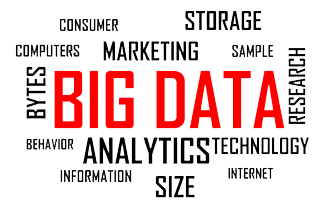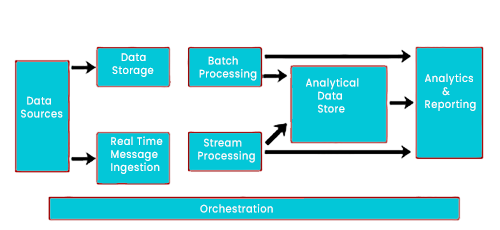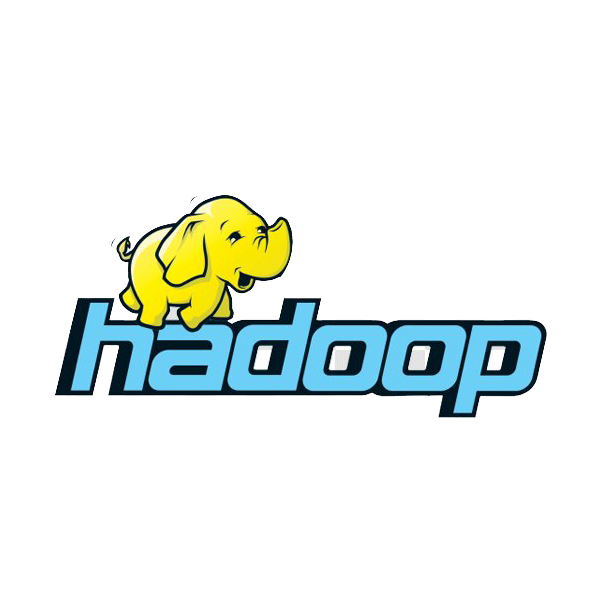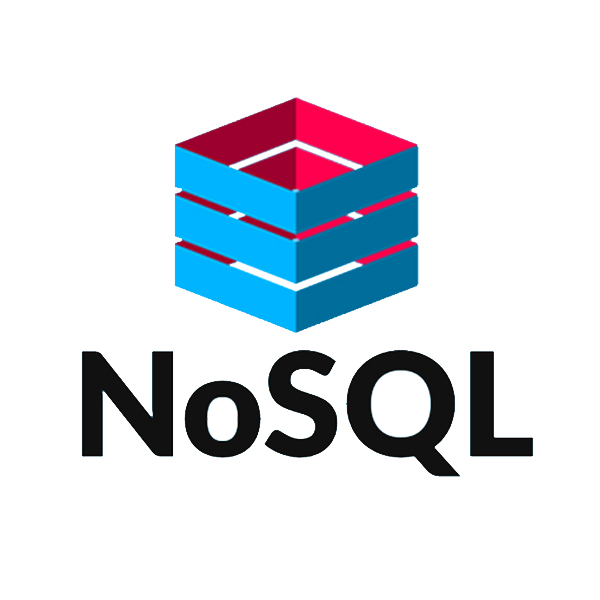
Structured data
It is the easiest to manage and search. The data can consist of information like stock reports, machine or device logs, and statistical details.
A spreadsheet, with its arrangement of pre-defined columns and rows, is an example of structured data. Components are clearly grouped, allowing
database designers and administrators to define simple algorithms for search and analysis.

Unstructured data
This can be surveillance data, weather data, social media posts, audio files, images, and geo-spatial data. This type of data cannot be simply taken in
standard row-column interactive databases. Traditionally, companies that intended to comb, control, or examine enormous amounts of unstructured data

Semi-structured data
It is a fusion of structured and unstructured data. It is considered information that does not reside in a relational database but that does have some
organizational properties that make it easier to analyze. Examples of semi-structured are CSV, XML and tab delimited files are semi structured documents,
NoSQL databases are also deemed as semi structured.

























